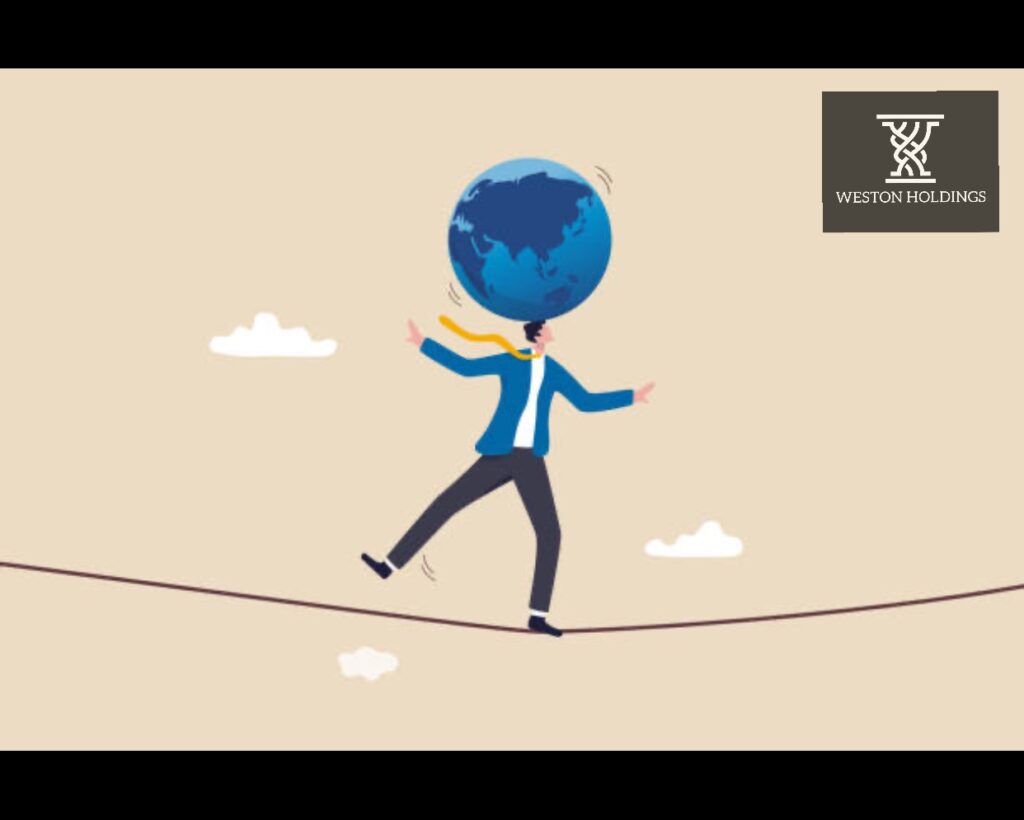Dear valued client,
In October, the Dow Jones (index of 30 prominent American companies) had its best month since 1976. This week, however, markets got spooked Wednesday with the Federal Reserve’s 0.75% interest rate increase, followed by remarks of potentially smaller rate hikes in the future.
The reason the Fed is reevaluating what the terminal rate (the peak spot where the federal funds rate is expected to climb) should ultimately be is that there’s been no indication of a slowdown in two major areas of the economy which enables the increase of prices; unemployment and consumer spending. A WSJ article reads,
“The evidence in the past few months suggests the terminal rate needs to be higher than the 4.6% Fed officials wrote down in September. Inflation, as measured by the CPI, is still running about 8% annually, wage growth is running at 5%, and the prerequisites for both to ease – a weaker consumer and job market – haven’t materialized.”
In other words, interest rates in the U.S. will continue to rise until consumers spend less, and unemployment increases. It’s a shame officials are looking for indicators of economic suffering before they halt quantitative tightening.
The article continues,
“Mr. Powell emphasized, as the Fed has signaled since June, that he will err on the side of raising rates too much rather than too little, judging the latter to be the tougher error to repair. ‘Until we get inflation down, you’ll be hearing from me,’ he said.
Yet if the Fed really does wait for inflation to come down before pivoting, it’s at great risk of raising rates too much. Monetary policy works with lags because it takes some time for higher rates to slow economic activity and even more time for that slower activity to bring down inflation.”
I wholeheartedly agree with this last statement. In my opinion, Central Banks should err on the side of the Brainard Principle in times like these. Named after Yale economist William Brainard, the principle states that monetary policy should exhibit conservatism in the face of uncertainty.
In global political news, left-wing candidate Luiz Inácio “Lula” da Silva narrowly won the Brazilian Presidential election. While he has plenty of issues to tackle in his return as President, he’s vowed to make one a priority: protecting the Amazon rainforest. The Amazon covers just 1% of the Earth’s surface but is virtually unparalleled in its biodiversity (home to 14% of the world’s birds and 18% of its vascular plants). Lula will have to find common ground with Brazil’s congress to pass the legislation he desires, as environmental policies have not been a priority over the past several years.
The much anticipated U.S. midterm election is next week. Dissatisfied with Biden’s energy policies, their handling of the withdrawal from Afghanistan, as well as inflation at the moment, Republicans will be looking to win back majorities in the House of Representatives as well as the Senate.
“Everyone thinks of changing the world, but no one thinks of changing themself.” – Leo Tolstoy
Have a terrific weekend,
PW



